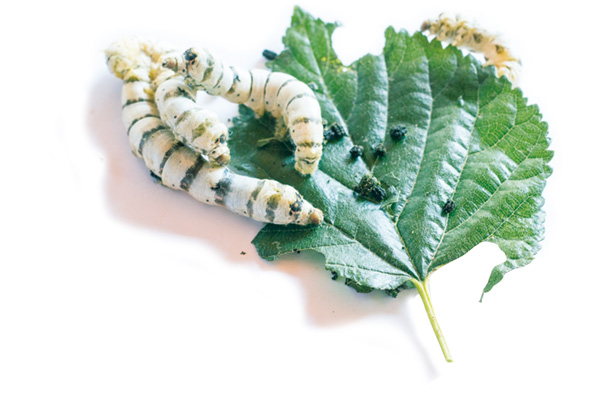History of Research and Development



With expecting the market expansion for immunological diagnostic reagents, we started working in cooperation with International Immunology Corporation and Midland BioProducts Corporation (currently, Nittobo America Inc.). They manufacture the antiserums that are the raw materials of immunological diagnostic reagents. The company made stable supply of high quality end products by consistently manufacturing from raw materials to finished products within the Nittobo Group.

Up to now, human osteoporosis diagnostic reagents have used raw material proteins derived from human bone, and inflammatory response measuring reagents for animals have used protein derived from canine blood.
However, due to the difficulties in ensuring stable supply of the raw materials, and from an ethics and animal welfare standpoint, there have been calls for substitutes. At Nittobo Medical, we have researched methods for producing the required raw material proteins artificially. We took on the challenge of solving the problem with genetic engineering technology.
First, we conducted repeated experiments using a variety of specimens, such as cultured mammalian cells, cultured insect cells, yeast and E. coli; however, we could not satisfy both the cost and quality requirements. Therefore, we turned our attention to a method using genetically-modified silkworms. We began a joint research project with the National Institute of Agrobiological Sciences (now the National Agriculture and Food Research Organization). Through the cross-breeding and subculture, we established techniques for extracting and purifying the raw material proteins of interest. By using these raw material proteins, which can now be stably supplied at low cost, we were able to commercialize the osteoporosis diagnostic reagent "TRACP-5b" and the canine CRP measurement reagent "TIA CRP-K9 ". These initiatives were highly rated, and we were awarded the Minister of Agriculture, Forestry and Fisheries Prize in 2015.